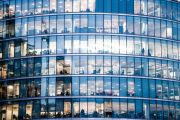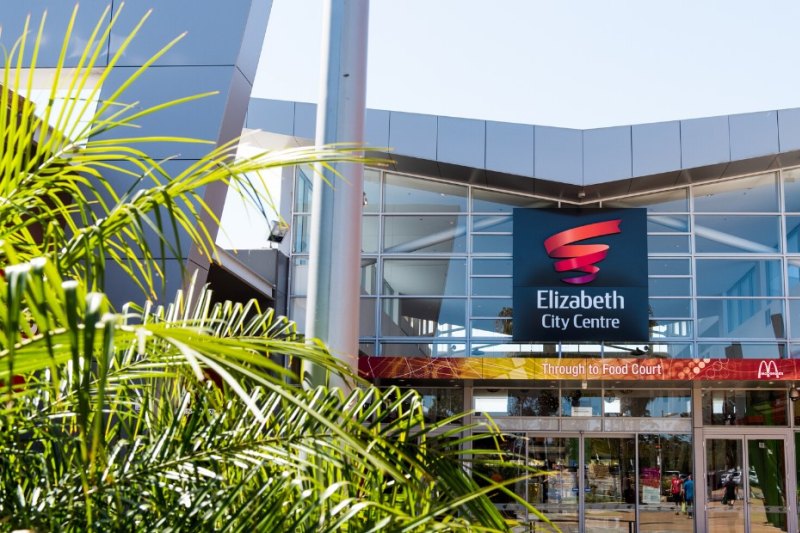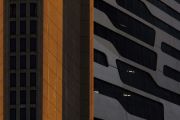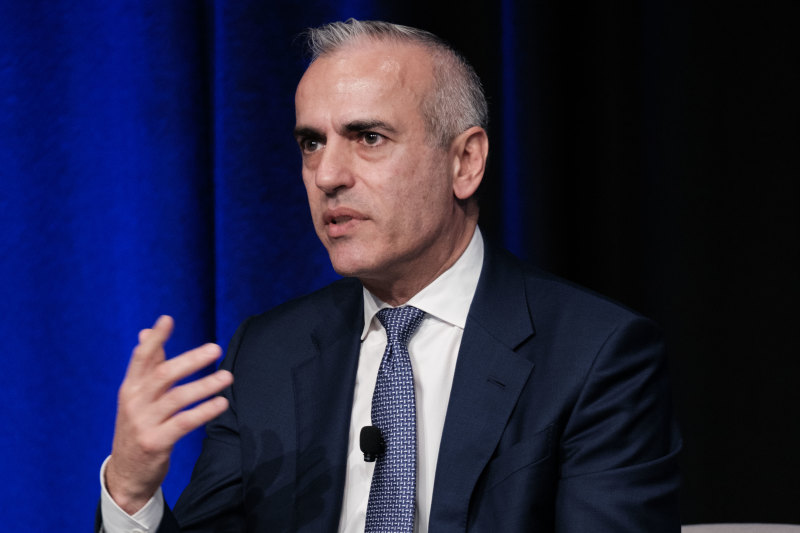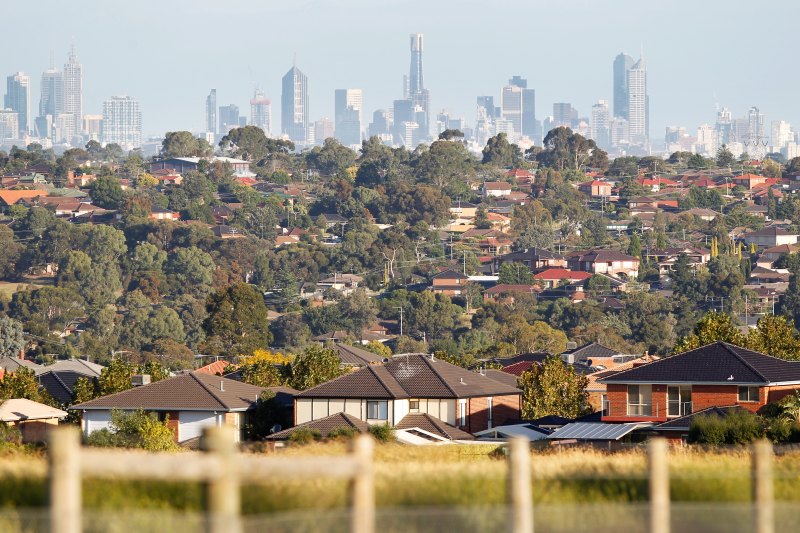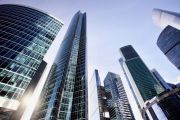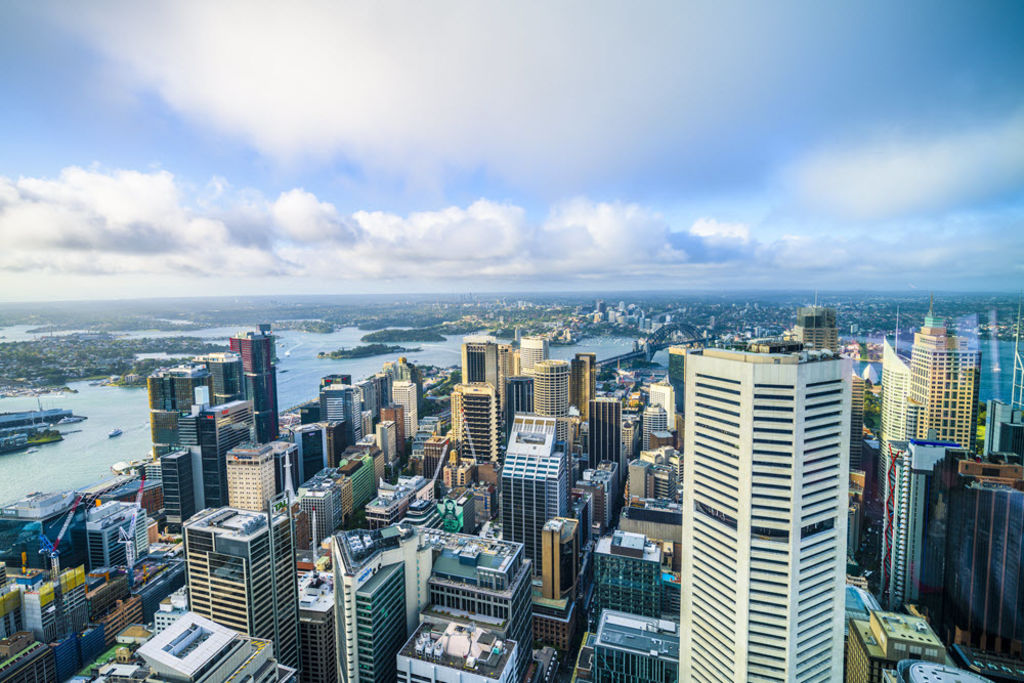
Sydney's CBD office rental growth is at its highest rate ever: CBRE
Steady demand, low supply and higher employment and buoyant business confidence have all converged to put huge pressure on the Sydney CBD office market.
“We are going through a tighter market than we have ever experienced in our lifetimes,” said Jenine Cranston, CBRE’s senior director advisory & transaction services – office leasing team.
“We’ve never seen this kind of rent growth ever before. And with vacancy rates so low, this will continue for a while yet.”
The latest CBRE research shows that Sydney CBD’s office market outperformed over the first quarter of 2018 with prime and secondary net effective rents growing by 3 per cent and 3.6 per cent respectively, and net face rents up 3.1 per cent and 1.9 per cent. Sydney office leasing inquiries also soared with respect to the volume of space being sought.
About 143,000 square metres of inquiry came to market in January to March this year, up 37 per cent on the same period last year. At the same time, inquiries for larger spaces in excess of 3000 square metres more than doubled.
With so many stock withdrawals as a result of large infrastructure projects like the Metro and Quay Quarter, and repositioning of properties – 60,000 square metres in the second half of 2017 alone – along with displaced tenants wanting to stay in the CBD, effective rents have risen more than 50 per cent in the past two years and the vacancy rate has continued to fall.
“It’s currently 4.6 per cent and that will probably rise by 2020 only to about 5 per cent,” said Ms Cranston.
“But even if all the extra supply of prime office space arrives in the market as is scheduled in 2021, the rate will still only rise to about 7.5 per cent; it certainly won’t be the armageddon some predicted!”
At the same time, the market lost 300,000 square metres of secondary stock between 2015 and 2017. Much of the B-grade space withdrawn was for conversion into hotel or residential, but some of that might end up being re-purposed back into offices if the strong market continues.
Many of those displaced B-grade tenants had subsequently upgraded to demand A-grade space, said Knight Frank, head of office leasing NSW Aaron Weir.
“The ones who had their premises compulsorily acquired were compensated and used that money to step up to A or premium-grade space,” he said. “Being positively compensated meant they could afford to step up, and that’s become a very significant trend.
“The most active sector has been the 1000 to 5000-square-metre market, with a lot of corporate consolidation driving mergers.”
The TAMI sector – technology, advertising, marketing and IT – has also become a driving force, with above-average growth of 2.6 per cent over the 2017 year, Knight Frank figures show. Many of these are involved in coworking, with demand for larger spaces. In addition, prime incentives have fallen from more than 25 per cent a year ago to between 20 and 24 per cent now.
Prime yields have also tightened in the year to March 2018 on Savills Australia figures. For tenants, rental respite seems unlikely, at least until 2019-20, when major projects like 60 Martin Place and Wynyard Place are completed and provide more supply.
“While the most globally recognised city in Australia, Sydney CBD’s investment performance differs from every other market in the country due to a single factor; its landlocked nature and lack of greenfield development sites,” said Savills’ associate director capital strategy and research Shrabastee Mallik.
“The typical requirement for material stock withdrawals to facilitate any type of development (be they commercial, residential, hotel or infrastructure) is apparent, with total stock levels rising by just 7 per cent over the past decade – a figure less than a third of the national CBD average.”
NSW’s strong economic performance, and unprecedented infrastructure spend, are compounding the problems of scarce supply, with most companies adding to their workforce, and needing extra space to accommodate them, and others now wanting to come into town, said JLL’s head of research Andrew Ballantyne.
“But while gross effective rents have increased by 16 per cent for prime sites, and 15.5 per cent for secondary grade, most organisations work on the basis of the rental rate per employee,” Mr Ballantyne said. “As a result, they’ve learnt to use space more effectively, so they need less space, so are not so badly affected by rent rises.
“That’s something that’s been going on since the early 1990s. Of course, higher rents do make it harder, but if those organisations do use space more efficiently, then they don’t have so much of an impact.”
Sydney is also different from other capital cities in having good B-grade space. In many other cities, B-grade offices can be much lower quality than the comparative A-grade, but in the Sydney CBD, B-grade can be of a similar quality. “Sometimes it’s just classified as B because it’s a smaller floor plate,” said Mr Ballantyne.
“But much of it has institutional owners or property professionals so often they keep very good-quality buildings.”


